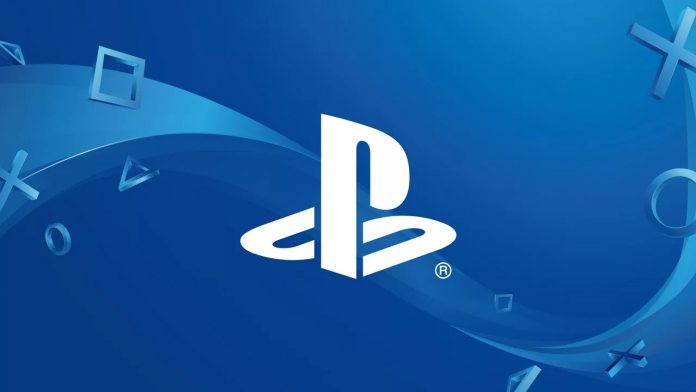1 A Next-Gen Controller2 SSD and Software Improvements
This information gives a better idea of how Sony may differentiate its console from Xbox Scarlett while closing the gap where the Xbox One still does better. First, though, some much-needed clarity on raytracing: “There is ray-tracing acceleration in the GPU hardware,” systems architect Mark Cerny told Wired, “which I believe is the statement that people were looking for.” Previously, it was unclear whether the PS5’s announced raytracing support would be software-based. It now seems AMD’s Navi GPU for the console will make high-end raytracing possible in the same way as the Xbox. As well as the custom GPU, the PS5 will have an AMD Ryzen CPU, and a high-performance SSD. Essentially, it will be very close to the next Xbox which is also slated for a 7nm Zen 2 processor and Navi architecture.
A Next-Gen Controller
So, what will differentiate the two consoles? One factor could be the input method. Sony’s PS5 controller will come with some very intriguing features, namely enhanced haptic feedback and adaptive triggers. These are both elements that are yet to be announced even for Microsoft’s high-end Xbox Elite 2 controller. Sony is replacing the mushy ‘rumble’ vibrations of last-gen with voice-coil actuators in its left and right grips. This will allow for more nuance in physical feedback, with Wired’s Chris Radcliffe noting the ability to tell the difference between different surfaces when driving, for example. Meanwhile, while the Elite 2 controller has hair-trigger locks, the PS5’s triggers will intelligently adjust the pressure required depending on the user’s action. Sony says its adaptive triggers will give a tactile sensation when drawing a bow. Like real life, the tension of the trigger will increase as you pull it back. The same applies to firing different guns or driving on varying surfaces. Still, one thing notably missing from the company’s announcement was backward compatibility. Microsoft has already confirmed that Xbox Scarlett will work with Xbox One accessories, saving consumers a heap of money. There’s been no such assurance from Sony.
SSD and Software Improvements
Cerny also talked up the SSD performance that we’ve seen widely touted by both console makers. He emphasized how it won’t just make loading faster – devs will be able to store more in a smaller footprint. This could lead to smaller installs or larger games for the same storage cost. Because of the way data will be stored, users will also be able to choose which parts of the game to install, such as single-player or multiplayer. Finally, some of the most noticeable changes coming to the PS5 will in its software, not it’s hardware. Sony is revamping its UI to be more dynamic, much like the Xbox One, but going a couple of steps further. You’ll able to see the missions you can jump into from the home screen, for example, as well as the multiplayer matches you can join. Basically, you won’t have to boot the game and search around its menu to get where you want. Instead, you can just launch the activity straight away. Generally, all of these sound like intelligent improvements, some innovating, others addressing shortcomings of the PS4. Sony has confirmed its console will be coming in holiday 2020, around the same time as the Xbox, so it’ll be very interesting to hear if Microsoft has similar additions in mind.




